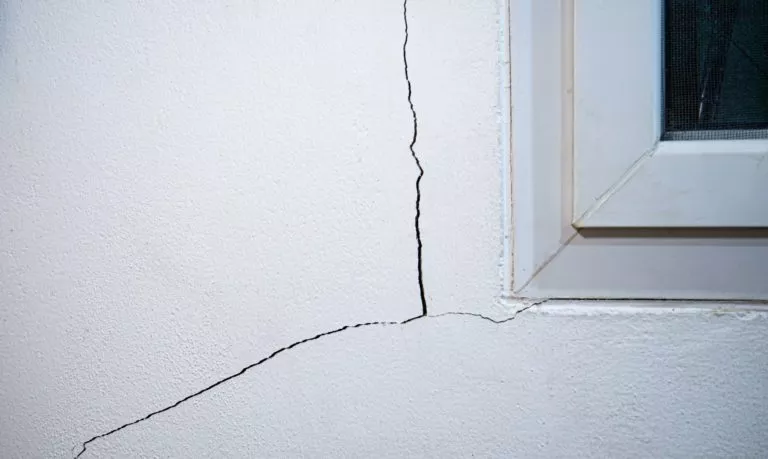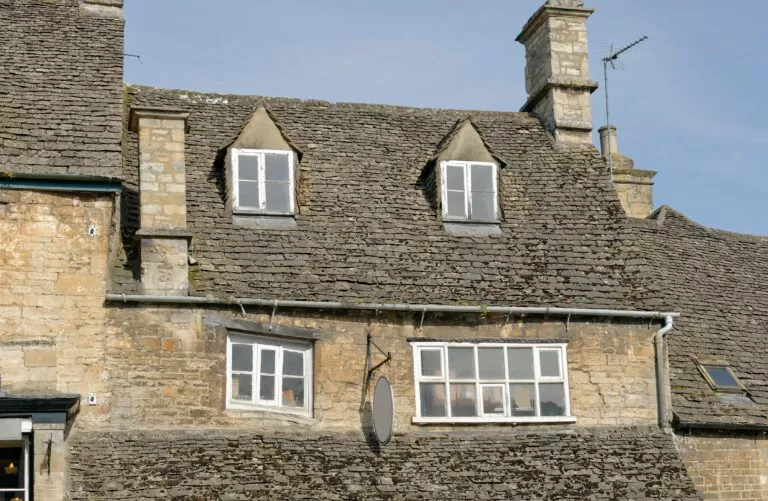
What to look for – Subsidence v Cracks?
Subsidence occurs when the ground beneath a property sinks and pulls the properties foundations down with it. It leads to cracks, floor shifting as well as potentially destabilising the construction of the building.
If subsidence is left for a significant amount of time it can decrease your home’s value by up to 20% as well as leaving it at risk of structural issues in the future.
The best way to fix subsidence is to contact a professional who can help identify the cause of your subsidence and the best outcome to fix it.
Not every subsidence case is the same so it is vital to get a professional’s help in diagnosing the problem before getting anyone to work on your property.
Make sure to familiarise yourself with the key signs of subsidence so that you know what issues to look out for with your property.
If you do believe your property is suffering from subsidence, make sure to contact your insurance company too as they will be able to support these claims as subsidence is usually covered under home insurance.
What causes subsidence?
There are numerous reasons why subsidence can happen. It could be due to clay shrinkage in the ground, trees growing too close to foundations, water washing away soil or even poor foundations can be an issue.
Heat waves can often lead to clay shrinkage causing more houses to be affected by subsidence.
Drains that are leaking can cause soil to wash away, so make sure you upkeep these areas to ensure your house’s risk of subsidence lowers.
If you own an older property you may have subsidence due to having shallow foundations, as it has been noted that many older houses’ foundations aren’t as deep as today’s builds which could become an issue for your property in the future.
Often subsidence is confused with settlement.
Settlement happens within the first ten years of a property being built, cracks can appear in walls from the ground adjusting the the weight of the building.
These cracks should be able to easily be plastered over and shouldn’t cause any lasting problems.
If cracks don’t reduce and grow to a width of 15mm or more, then they should be investigated as this could be subsidence.
How do I know if my property is affected?
So how do you tell the difference between a normal crack and sign of subsidence?
Always investigate:
- Any cracks wider than 3mm
- Cracks that are visible on the inside and the outside of your home
- Cracks that are diagonal and wider at the top than the bottom
- Cracks located close to doors/windows
Other signs to look out for:
- Doors and windows sticking as this could be a sign your house is warping.
- Cracks where extensions are could be a sign
- If you have wallpaper that is rippling, although this could be condensation it could also be a sign of subsidence.
If you have a concern about your property, it is always vital to contact a professional or your insurance company to complete a survey of the property to confirm if there is subsidence and what the root of the problem is, as depending on the cause of your subsidence there will be lots of different solutions.
Although subsidence is a slow process it is key to act as soon as you have a concern to limit severe structural damage to your property.
Is there anything I can do to avoid it happening?
Not all subsidence can be avoided but you can take some simple actions to protect your property and prevent long term problems.
If you live in a clay soil area then make sure to monitor trees or large shrubs near your property, as this can dry soil out significantly.
Get a tree specialist to check out any potential issues for you and then act upon their advice to make sure your property is in the best position possible.
Also make sure to check that gutters, pipes and plumbing are well maintained as leaks can cause subsidence if it is left for a long period of time.
How is subsidence fixed?

If the damage to your property is minor then it is normally a simple fix which can be done straight away. If it is severe damage then your building has to be monitored so that engineers can work out a long term solution to your subsidence problem.
Your property may need underpinning to fix the subsidence problem. Which involves your property’s foundations being strengthened.
Does my insurance cover subsidence damage?
Usually your buildings insurance policy will cover you for damage caused by subsidence. Other areas such as garden walls, fences, gates etc. are not usually covered.
Make sure to contact your insurance company for further information.
Fortunately most cracks are normal and most will not be a problem to your property. But if you are concerned make sure to contact someone as soon as possible to prevent any long term damage.
If you have any questions please contact us